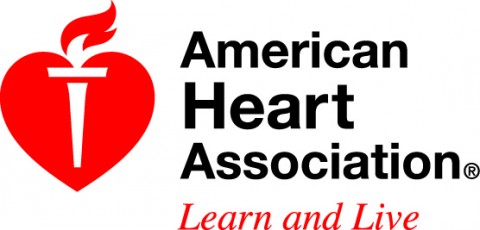 Dallas, TX – Diagnosing coronary heart disease in women has become more accurate through gender-specific research that clarifies the role of both obstructive and non-obstructive coronary artery disease as contributors to ischemic heart disease in women, according to a new statement published in the American Heart Association journal Circulation.
Dallas, TX – Diagnosing coronary heart disease in women has become more accurate through gender-specific research that clarifies the role of both obstructive and non-obstructive coronary artery disease as contributors to ischemic heart disease in women, according to a new statement published in the American Heart Association journal Circulation.
“For decades, doctors used the male model of coronary heart disease testing to identify the disease in women, automatically focusing on the detection of obstructive coronary artery disease,” said Jennifer H. Mieres, M.D., lead author of the statement and professor of Cardiology & Population Health, R Hofsrta North Shore-LIJ School of Medicine in Hempstead, New York.
“As a result, symptomatic women who did not have classic obstructive coronary disease were not diagnosed with ischemic heart disease, and did not receive appropriate treatment, thereby increasing their risk for heart attack.”
Ischemic heart disease, also known as coronary heart disease, occurs because of a decreased blood flow to the heart muscle, most often due to coronary atherosclerosis from the buildup of plaque in the coronary arteries.
This plaque can result in obstructions in the arteries, which diminishes blood flow to the heart muscle, reduces the heart’s oxygen supply, and damages the heart muscle – resulting in heart attack and a decrease in the heart’s pumping ability.
Non-obstructive coronary artery disease and coronary microvascular disease, which is more common in women, occur because of damage to small arteries or the inner lining of the main arteries leading to the heart, which can cause them to spasm, blocking blood flow. Some women may have both coronary microvascular disease and plaque build-up in the small arteries,
In the past, there was a lack of recognition of the importance of non-obstructive coronary disease in women, leading to diagnoses of “false positive” stress tests and a lack of appropriate treatment.
However, new research indicates that women with non-obstructive coronary artery disease and abnormal stress tests are in fact at an elevated risk of heart attack.
Women also experience a broader range of ischemic heart disease symptoms than men, and have a different pattern and distribution of pain symptoms, often not located in the chest.
The statement is intended for women who have the symptoms of ischemic heart disease, including the classic symptoms of left sided chest pain/pressure, jaw pain, upper back pain, widespread “indigestion,” and other symptoms not localized to the chest.
Recommendation highlights include:
- Women with suspected ischemic heart disease should discuss the benefits and risks of diagnostic tests with their healthcare provider – for example, a woman of child-bearing age may want to avoid tests that require exposure to radiation.
- Healthcare professionals should consider whether a woman is at low, intermediate, or high risk for ischemic heart disease when determining the appropriate diagnostic tests for their patients. Risk level is based partly on age combined with risk factors, such as diabetes and high blood pressure.
- Health care professionals, for the first time, should consider a woman’s functional ability – her ability to carry out the activities of daily living to determine the type of diagnostic testing needed. Women with low functional disability are now considered at increased risk for heart attack.
- Women with the lowest risk should not undergo diagnostic testing; women at slightly higher risk should first undergo a treadmill exercise ECG (electrocardiogram); and symptomatic women with warning signs, including functional disability, might be candidates for cardiac MRI (magnetic resonance imaging) or cardiac CT angiography (computed tomography that looks at the heart).
“This new and better understanding of women and ischemic heart disease arms clinicians with the knowledge and tools needed to accurately detect, determine risk and treatment strategies for the disease in symptomatic women who were previously un-diagnosed.,” Mieres said.
Additional Resources
- For more information about heart disease and stroke, visit heart.org.
- To learn about women and heart disease, visit Go Red For Women.
- Follow AHA/ASA news on Twitter @HeartNews.


